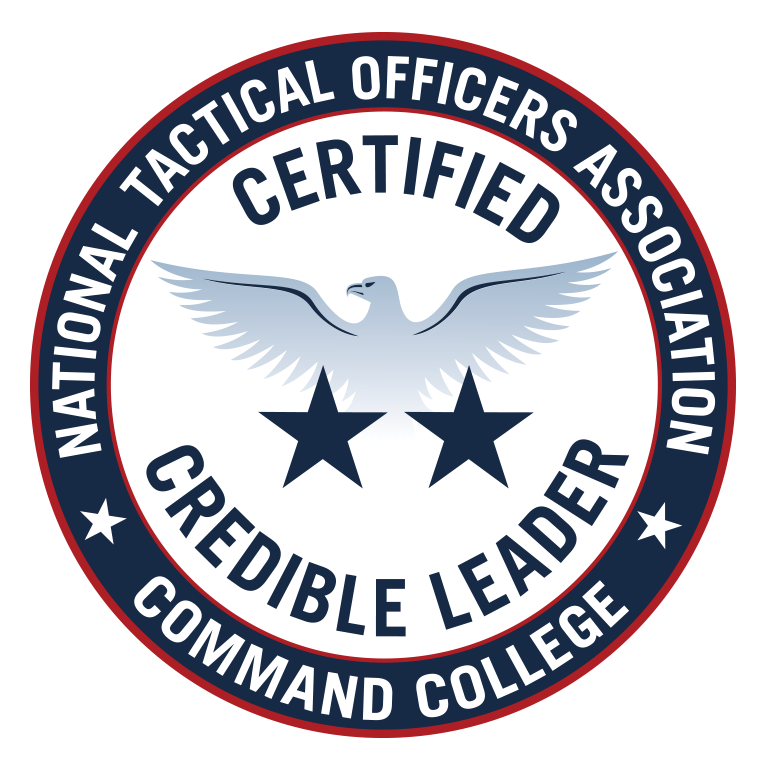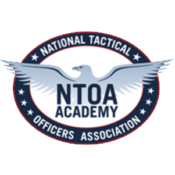At the end of Operational Leadership, students will be able to achieve the following objectives in accordance with the information received in class:
- Identify 5 Levels of Leadership Maturity needed to draw a distinction between Good organizations and Great ones.
- Understand the 4 Maxims of Conflict Management.
- Identify and understand the 3 Types of Conflict.
- Understand the Dimension-Control Matrix as it relates to Proactive Communication in the heat of chaos.
- Understand the impact that stereotyping, bias, prejudice and discrimination have on the effectiveness of law enforcement; and how understanding various cultures points of view can enhance the effectiveness of law enforcement.
- Understand the Johari Window and its relationship to Reflective Leadership.
- Identify the characteristics of an Adaptive Leader.
- Define V.U.C.A. and address how Adaptive Leaders effective operate in a climate of V.U.C.A.
- Define O.O.D.A. Loop, and how it affects decision making under fire.
- Understand whether good tactics are an art or a science.
- Understand whether there are common elements in all situations requiring a tactical intervention.
- Identify those fundamental functions that must work in order for a plan to succeed.
- Understand a blueprint in which to plan, train, and organize their tactical units.
- Learn leadership, incident management, media, and political issues affecting tactical operations.
- Better prepare your tactical unit for ever increasing violent encounters where tactical units are deployed.
- Understand SWAT Leadership, Training Issues, High Risk Warrant Planning, Contemporary SWAT Issues and Concerns, Resolution of Barricaded Subjects and Hostage Rescue Operations.
- Goleman, D. (2005). Emotional Intelligence: Why it Can Matter More Than IQ. New York: Random House.
- Heal, C. (2000). Sound Doctrine: A Tactical Primer. New York: Lantern Books.
- Mijares, T., & McCarthy, R. (2008). The Management of Police Specialized Tactical Units (2nd ). New York: Charles D. Thomas Publisher.
- Sinek, S. (2011). Start With Why: How Great Leaders Inspire Everyone to Take Action. New York: Penguin Group.
Within this Module, you are required to participate in the MMP3 self-assessment. Click on this link to access the assessment.
Phase 2 of the NTOA Academy, Operational Leadership, is designed to build on the curriculum covered in Phase 1, Tactical Leadership. Operational Leadership addresses the application of leadership concepts in an operational setting and in an ever evolving climate. It provides practical examples of how true comprehensive leadership practices work in harmony with the operation of tactical teams. The courses are interactive and dynamic in nature and they are supported by segments from law enforcement and military leaders, as well as experts in emotional intelligence, motivation and organizational thought. Operational Leadership includes one self-assessment, four reading assignments, two modules specifically developed for tactical team commanders: “Sound Doctrine” and “The Management of Police Specialized Tactical Units” and blended courses relating to Tactical Operation Centers and Command One. Operational Leadership concludes with a Capstone Research Project.


